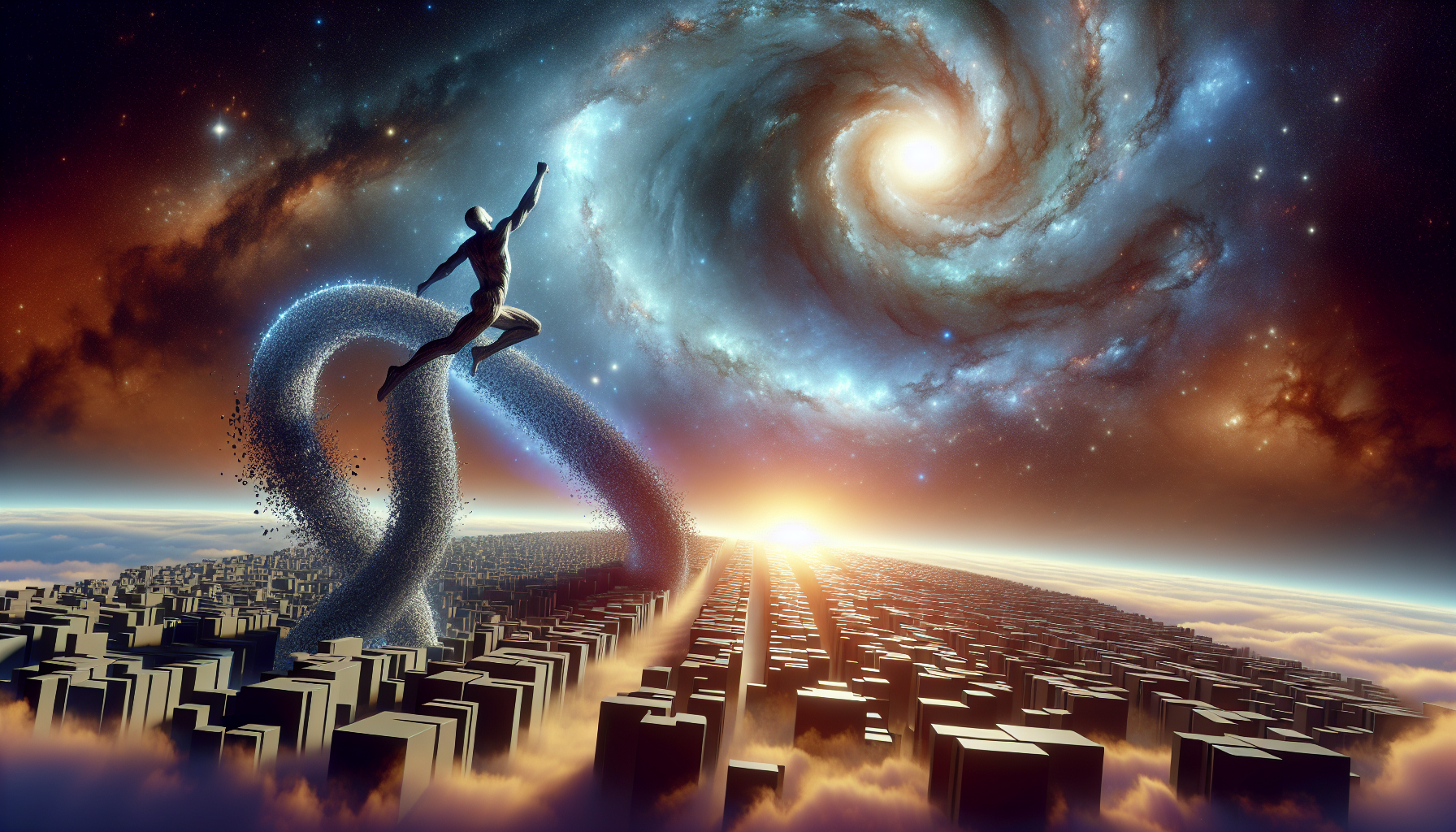The landscape of thought and communication has been dramatically reshaped as technology evolves. Among the profound shifts is the concept of the “interpreter” — a figure or entity that stands between complex systems of knowledge and the broader public. As we dive into the era defined by artificial intelligence and decentralized communication, the role of traditional interpreters is transforming, leading to their proverbial ‘fall’. This transformation is not without consequence, shaping how we communicate, understand, and interact with the infinite complexities of the digital and human worlds.
Understanding the Role of the Interpreter
Traditionally, interpreters serve as intermediaries, those who make unintelligible concepts accessible to the masses. From translators of language to pontificators who distill scientific jargon into layman’s terms, interpreters have been crucial in bridging gaps.
If you cannot explain something in simple terms, you don’t understand it well enough.
In scientific communities, interpreters often include popular figures who translate complex scientific theories into digestible ideas for the public. Similarly, in cultural contexts, interpreters play a role in preserving translation and interpretation across generations and geographies.
The Erosion of Traditional Interpretation
With the advent of digital technologies, especially artificial intelligence, the necessity for traditional human interpreters is being questioned. AI algorithms can process, analyze, and interpret vast amounts of data far faster than any individual human. For instance, natural language processing algorithms have enhanced translation tools to near-human levels of accuracy.
- Speed and Efficiency: AI-based systems can deliver translations and interpretations in real time, overriding the slower human processes.
- Wider Accessibility: Digital platforms democratize access to knowledge, often challenging the gatekeeper role traditionally occupied by interpreters.
- Complexity Management: As data becomes overwhelmingly voluminous, interpreters wielding only human capabilities struggle to manage the complexity that AI can seamlessly handle.
A unique example of this shift can be seen in how news is disseminated today. Bots and algorithms curate and distribute news stories at a global scale, drawing from diverse sources and analyzing them for relevance and accuracy through complex, self-learning processes — previously a task left to human editors and reporters.
Challenges and Dangers of the New Paradigm
However, as we embrace AI’s role in interpreting for millions, certain challenges and ethical questions emerge.
- Bias in Algorithms: AI models can inadvertently perpetuate the biases present in their training data, leading to skewed interpretations.
- Lack of Accountability: When interpretations are outsourced to machines, identifying where errors occur — and who is liable — becomes murky.
- Human Disconnection: Relying on machines for interpretation distances us from the rich, nuanced human narratives and reassurance traditionally provided by interpreters.
Experts warn of over-reliance on AI for interpretation. As The Guardian discusses, “While AI can process information quickly, it cannot replace the human touch – empathy, context understanding, and the emotional resonance that only a human can provide.”
The Future of Interpretation
The fall of traditional interpreters does not spell their extinction but rather an evolution. Human interpreters are required to embrace technology, using it to enhance their capabilities and reach wider audiences. The future will likely see a collaborative model where AI and human interpretation coexist, each complementing the other’s strengths.
The interpretive role will transform from one that simply translates to one that provides contextual understanding and ethical judgment. Human interpreters will need to focus on providing the kind of qualitative insights that machines cannot.
In the future, those who excel will be those who can harness the precision of AI with the empathy and ethical guidance of human judgment.
Conclusion
While technology is usurping traditional roles, there lies an exciting potential to redefine how we interpret complexity. The fall of the interpreter signifies a broader trend towards synthesizing diverse cognitive tools — both human and artificial. As we embrace this future, we must ensure that our ethical frameworks evolve in tandem with technological capabilities, ensuring that the pursuit of understanding continues to honor both human and machine in achieving the seemingly infinite possibilities of tomorrow.
